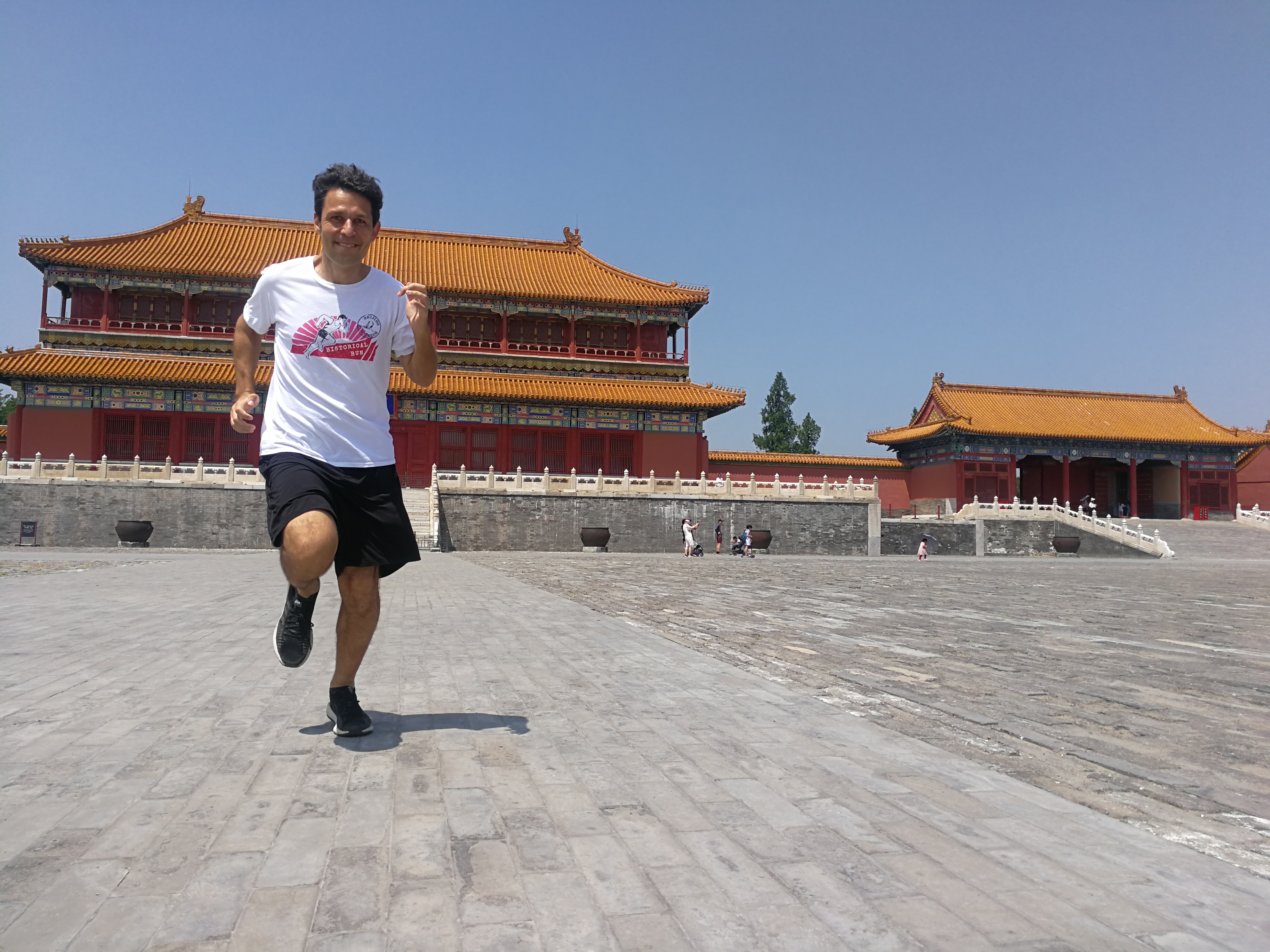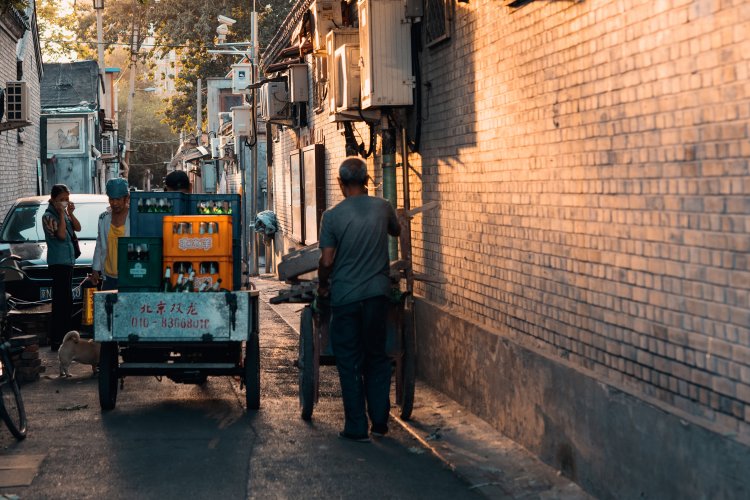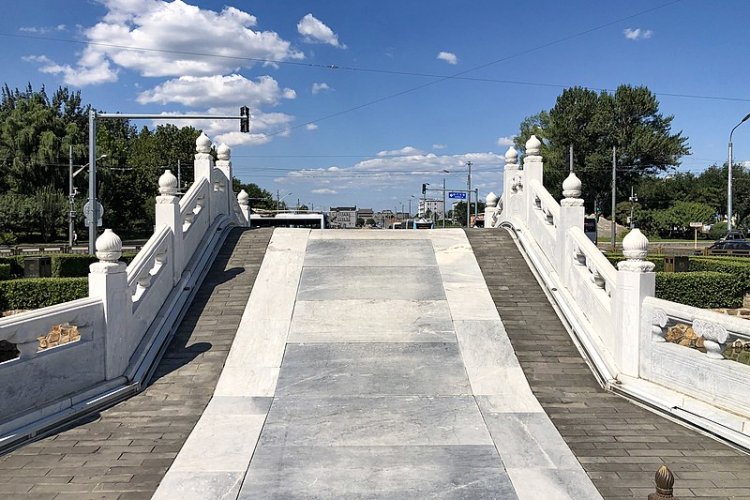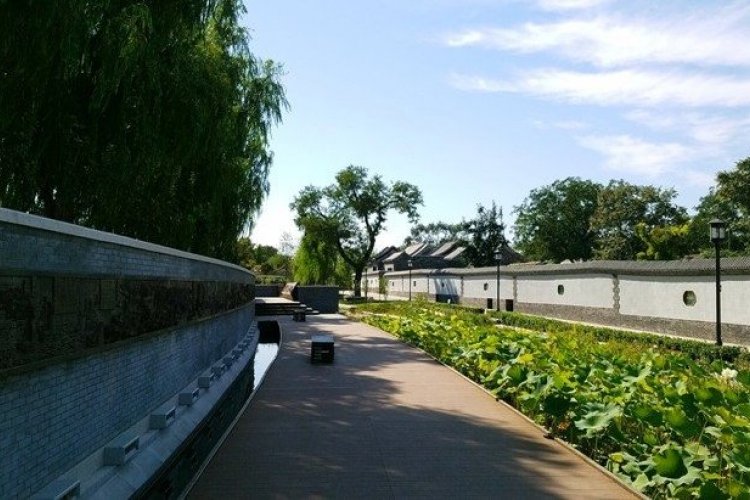The Beating Heart of Beijing Postcards: Lars Ulrik Thom
Just south of Zhengyang Gate – sort of the lungs of Beijing if Tian’anmen Square is its heart – there’s a little alleyway called Yangmeizhu Byway. Down this narrow pedestrian street, with its quaint and quirky shops selling a bit more than the common capital kitsch, you’ll find the home of a true authority on the city’s history: Beijing Postcards and its founder Lars Ulrik Thom.
If Tian’anmen is the beating heart of Beijing, Ulrik Thom is the beating heart of Beijing Postcards – a one-stop-shop for historical-themed souvenirs including (you guessed it) postcards, plus cushions, placemats, mugs, and reprints of old city maps and guidebooks – all made from originals the team has collected over the years.
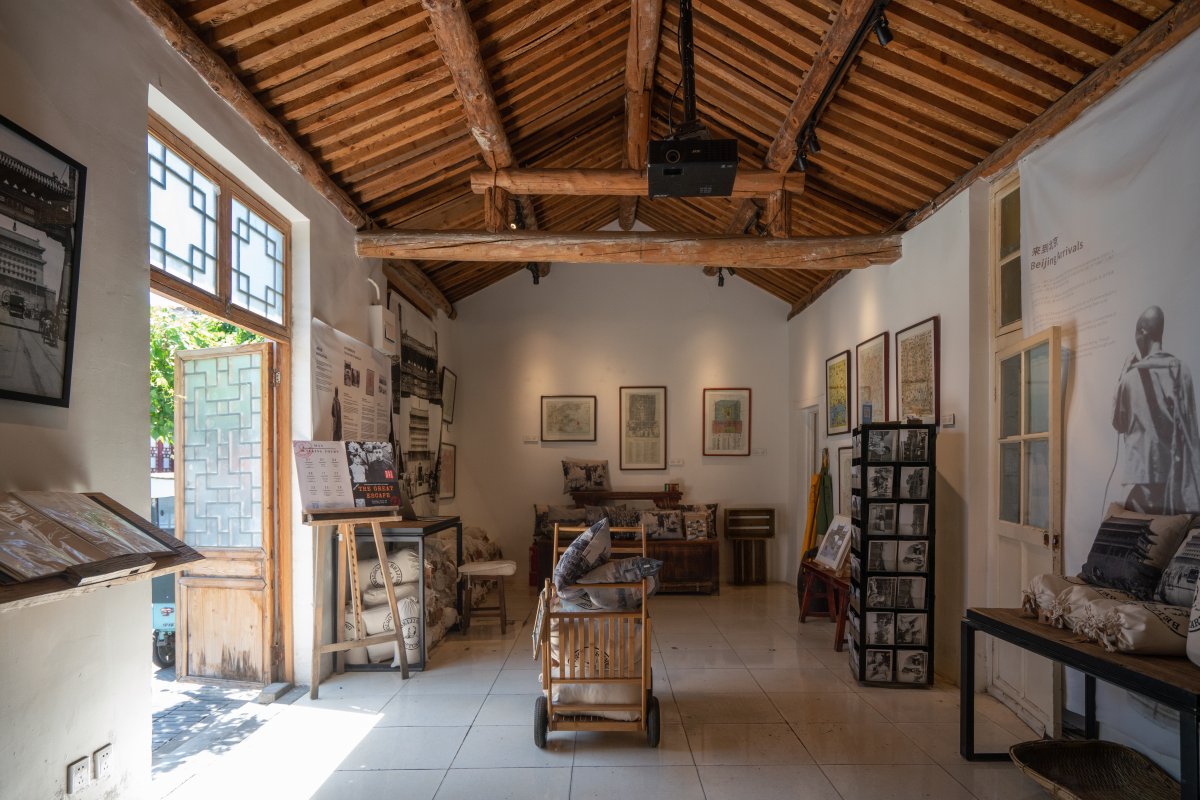
Hailing from Denmark, Ulrik Thom has been in China for more than 20 years, 16 of which were spent in Beijing. He came here after high school and, falling in love with the country, decided to stay to learn Chinese and Chinese history.
This interest would lead Ulrik Thom and his business partner Simon to delve into old China photos, the starting point for Beijing Postcards. “What ignited Beijing Postcards…was this feeling of wanting to connect deeper with Beijing,” Ulrik Thom tells me. “We quickly realized what fascinated us most was piecing together the history of Beijing” based on these photos.
Simply put, it served as a way of relating to the city, which morphed into trips to archives, collecting maps, and, later, the walks and talks. “Chinese history is very big, and you can go numb looking at all the figures and numbers” remarks Ulrik Thom. So approaching it from a focus on the capital, with the goal of bringing Chinese and foreigners closer together through an understanding of this history, was to the fledgling business owner a more measured approach to helping people relate to China.
Walks, talks & runs
“Knowledge is in books, but a walk can help you relate to something that is geographically right there” says Ulrik Thom of their walking tours. Their first, and arguably one of their most popular to this day, delved into the Boxer Rebellion.

“Things happen for a reason at a certain spot,” Ulrik Thom says, “both geographically, politically, and everything.” As such, the walks allow people to understand a historical event on a deeper level by actually being there, with Ulrik Thom along for the ride providing context.
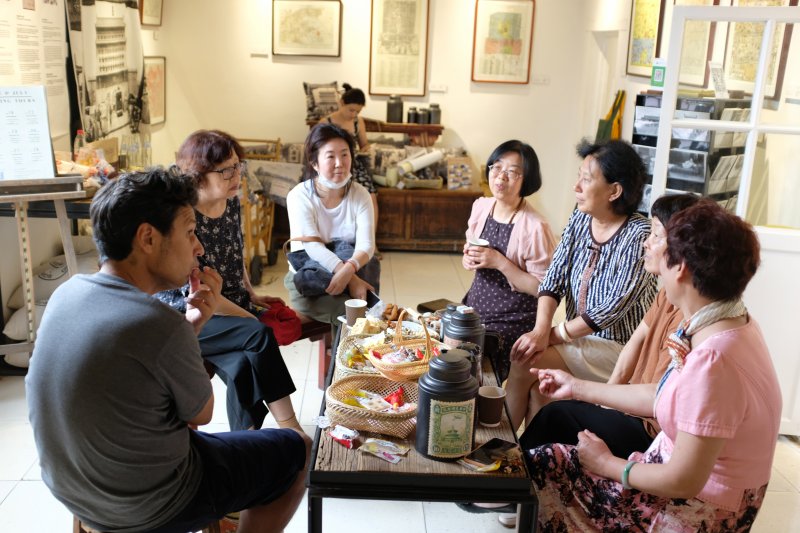
The walks were offshoots of Beijing Postcards’ first projects, talks and exhibitions, starting with overviews of the Central Axis, the importance and history of Tian’anmen, and more. The walks have incorporated this exhibition element into them, often ending at the shop or another indoor location where guests can peruse maps, old photographs, and books on the walk’s subject.

Another highlight of Beijing Postcards’ jam packed events schedule is the Historical Run, which returned on Oct 17 after a long hiatus, and which Ulrik Thom lights up when explaining. “When you run it wakes up your brain, so you notice more and are able to take in more information” he explains of his reasoning behind the event. The run as it is now goes through 100 years of the city’s history, starting in the west and ending at the shop, hitting up the oldest pagoda in Beijing, the old parliament building, and bits and places in between that tie all these together.
Staying enthusiastic
“It’s impossible for one person to know everything, but we can provide leads for people to learn more,” says Ulrik Thom of their stance on presenting history. He doesn't fancy himself an expert or end-all on Beijing’s history, but instead an enthusiast who is always learning and changing, even delving into new ways to tell the city’s story, like videos on WeChat and reprinted city guides.

This learning has led to things like a forthcoming book on the Dashilar area – which Ulrik Thom has given the working title Beijing Arrivals – focusing on the oral histories they’ve collected and the development of this area of the city once reserved for arrivals. The title was also used for a new section of the shop set up for Beijing Design Week, which Ulrik Thom pulls me into: a small exhibition area featuring a black and white video of hutong life, maps, old photos, brochures and more.
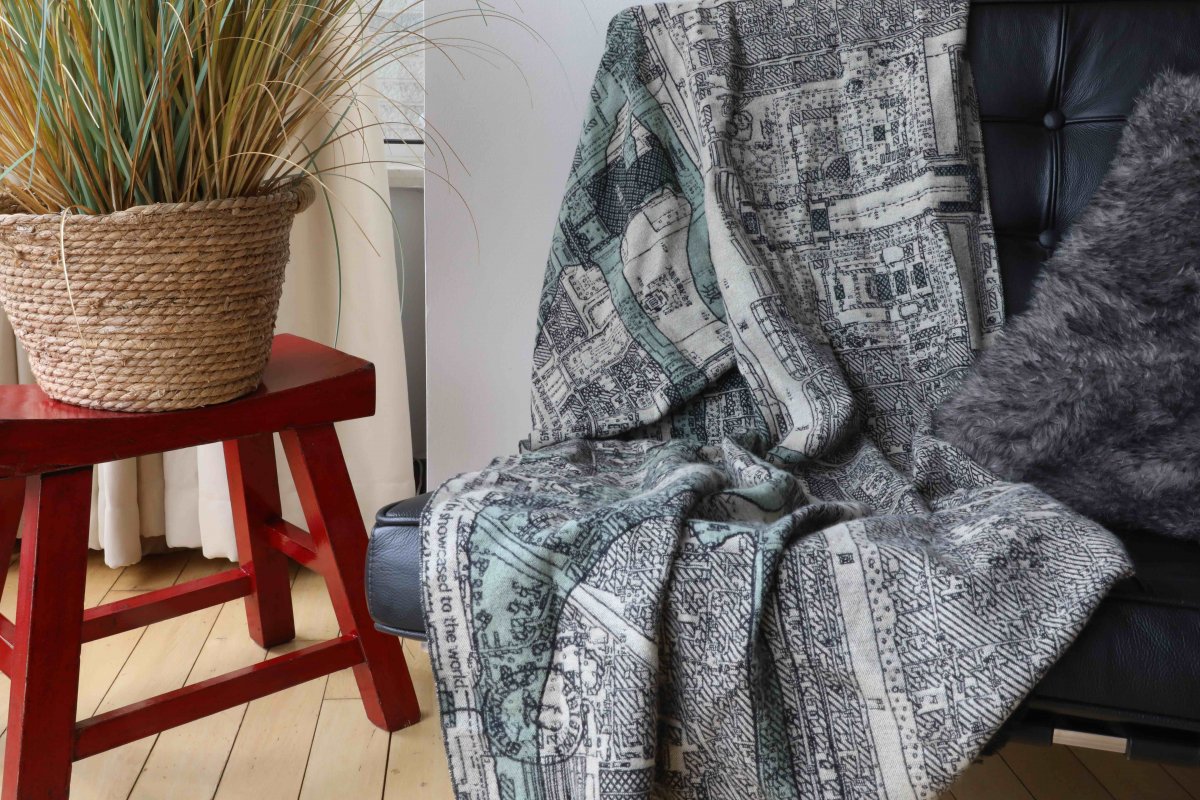
It’s here I’m drawn to a photo of the Bell and Drum Towers, and Ulrik Thom begins explaining to me their use and the addition, later, of a noontime cannon at the outer gates. Needless to say, the enthusiasm is contagious, and I’m transfixed to the narrative at hand. Ulrik Thom is one Beijing history enthusiast who tells the capital’s story well.

READ: Spine of Beijing: Traversing the City's Central Axis
Images courtesy of Beijing Postcards

